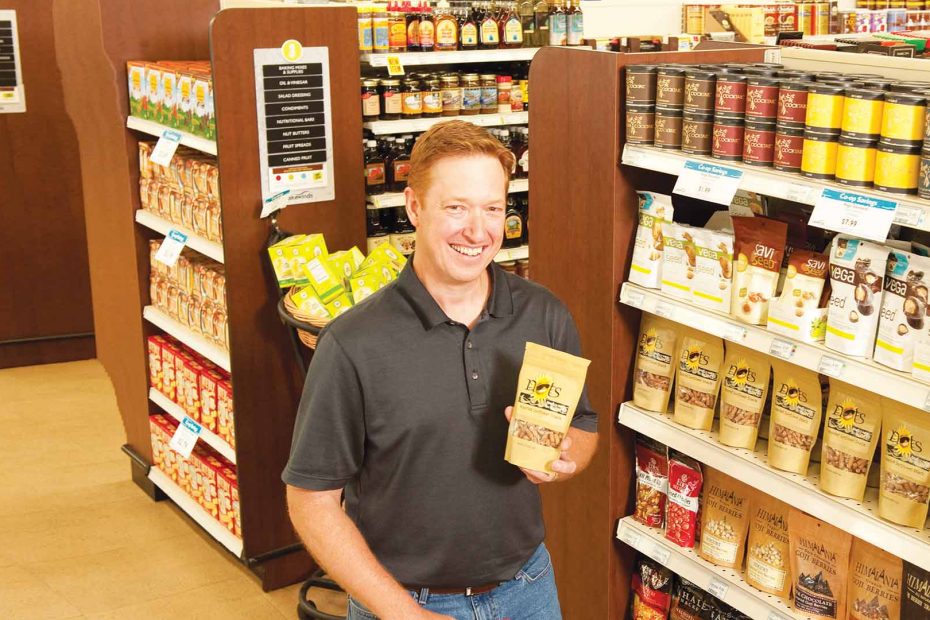Fergus Foods/Nots snacks
Idea to reality: Create a non-nut snack that appeals to those with nut allergies and build an allergen-free kitchen for the production of these and other foods. AURI’s role: AURI assisted in product and process development, trouble-shooting, shelf-life guidance, nutritional labeling, test market research and scale-up. In addition, AURI provided cost-share assistance for UPC labeling and to secure Non-GMO and Vegan Certifications. Outcomes: Nots! owner Rob Fuglie recently opened an… Continue Reading Fergus Foods/Nots snacks




